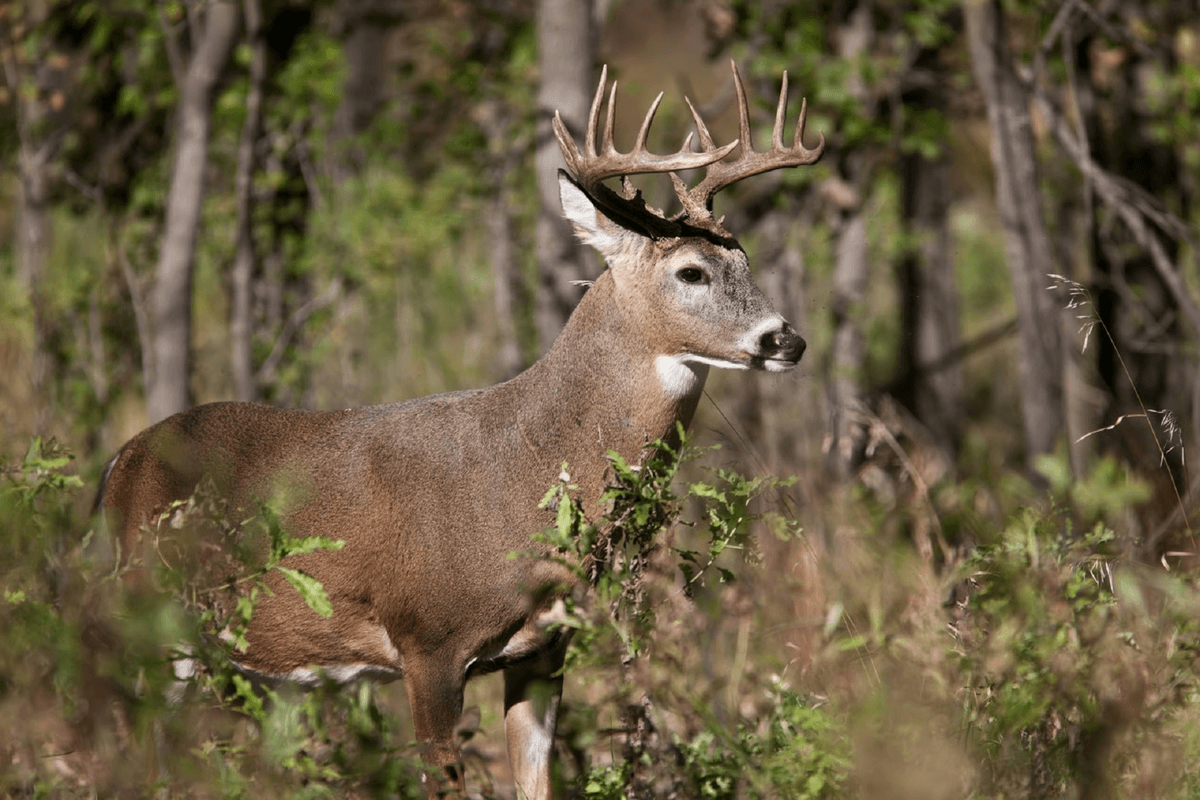
Trophy whitetail hunting Texas has become a coveted experience for many outdoor enthusiasts. The Lone Star State boasts some of the finest whitetail deer hunting destinations in the country, attracting seasoned hunters and beginners alike. As you prepare for your expedition, it's essential to understand the intricacies involved in pursuing these majestic creatures.
First and foremost, you must familiarize yourself with Texas's diverse geography. The state spans across 268,597 square miles, featuring a wide array of landscapes, from coastal plains to rolling hills and rugged mountains. Whitetail deer thrive in various habitats, often migrating between areas with abundant food and water sources. By studying these patterns, you can better pinpoint potential hunting blinds and access roads to increase your chances of a successful hunt.
The species itself is equally fascinating, with whitetail deer showcasing a high degree of adaptability and resilience. Deer have inhabited Texas for centuries, and their population has consistently fluctuated in response to environmental and human-induced factors. Habitat loss, climate change, and disease outbreaks can drastically impact whitetail numbers, underscoring the importance of careful land management and biodiversity conservation.
Successful trophy whitetail hunting demands an unparalleled level of physical fitness and mental preparation. In Texas, deer are often hunted during the peak rut season (early November to mid-December) when bucks become increasingly active in their search for mates. This can lead to a sensory overload of antlers, roars, and scents, calling for unwavering focus and patience from hunters.
You should also be aware of the various tree types favored by whitetail deer for bedding and concealment. Does and fawns frequently hide beneath dense shrubs and leafy canopies, whereas bucks seeking companions during the rut season prefer to station themselves near prominent perching points and elevated ridges, such as lone live oaks or cedar groves.
In terms of hunting regulations, Texas has implemented a flexible and annually revised system to manage the state's whitetail population. You must adhere to designated hunting zones and bag limits, as well as possess the necessary hunting licenses and permits. Many reputable outfitters can help navigate these bylaws and ensure your hunting trip complies with local regulations.
Your deer-hunting party will need to pack select gear tailored for the sub-Central Texas landscape and late-fall environment. High-quality optics for scouting ahead, reliable tree stands and deer decoys can be invaluable during the hunt, especially when approaching antlers is recommended among unguarded bucks.
Landowners in Texas have become vitally involved in setting aside dedicated hunting reserves and enrolling in programs that safeguard this prized property for generations to come. Land stewards work closely with deer experts, government agencies, and willing hunters to develop scientifically driven and effectively conservation-based hunting practices.
While hunting Texas whitetail bucks may remain an elusive goal for some, such failures can provide valuable learning opportunities for their pursuit in the meantime. Establish a new hunting routine this season or learn additional skills required to achieve unparalleled hunting success in the Lone Star State's expansive, diverse hunting territories before returning. Texas's white-tailed deer culture has grown over years of long-standing tradition, putting unadulterated emphasis upon upholding environmental and recreational interdependencies.